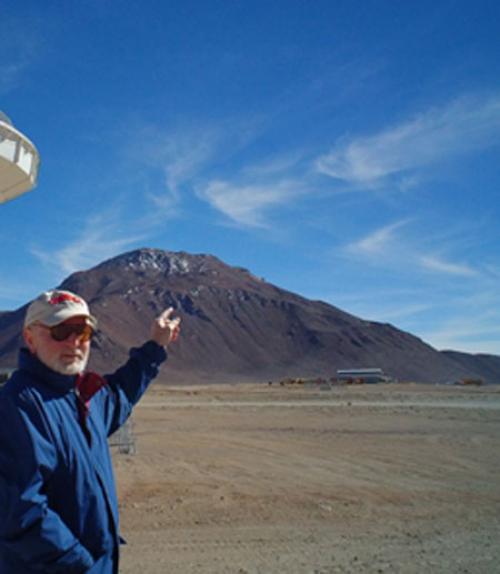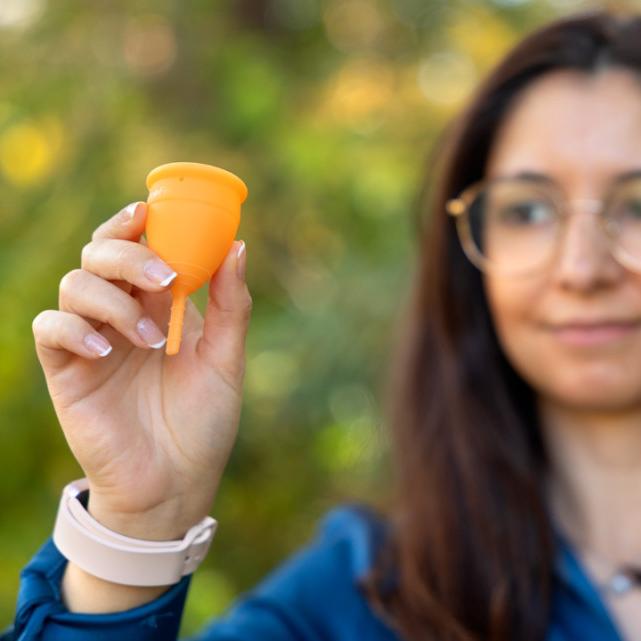
 Department Homepage
Department Homepage
Breakthrough telescope to be built in Chile
Cornell scientists will lead a team building a telescope that will offer insights into the Big Bang and the ways that stars and galaxies form.



